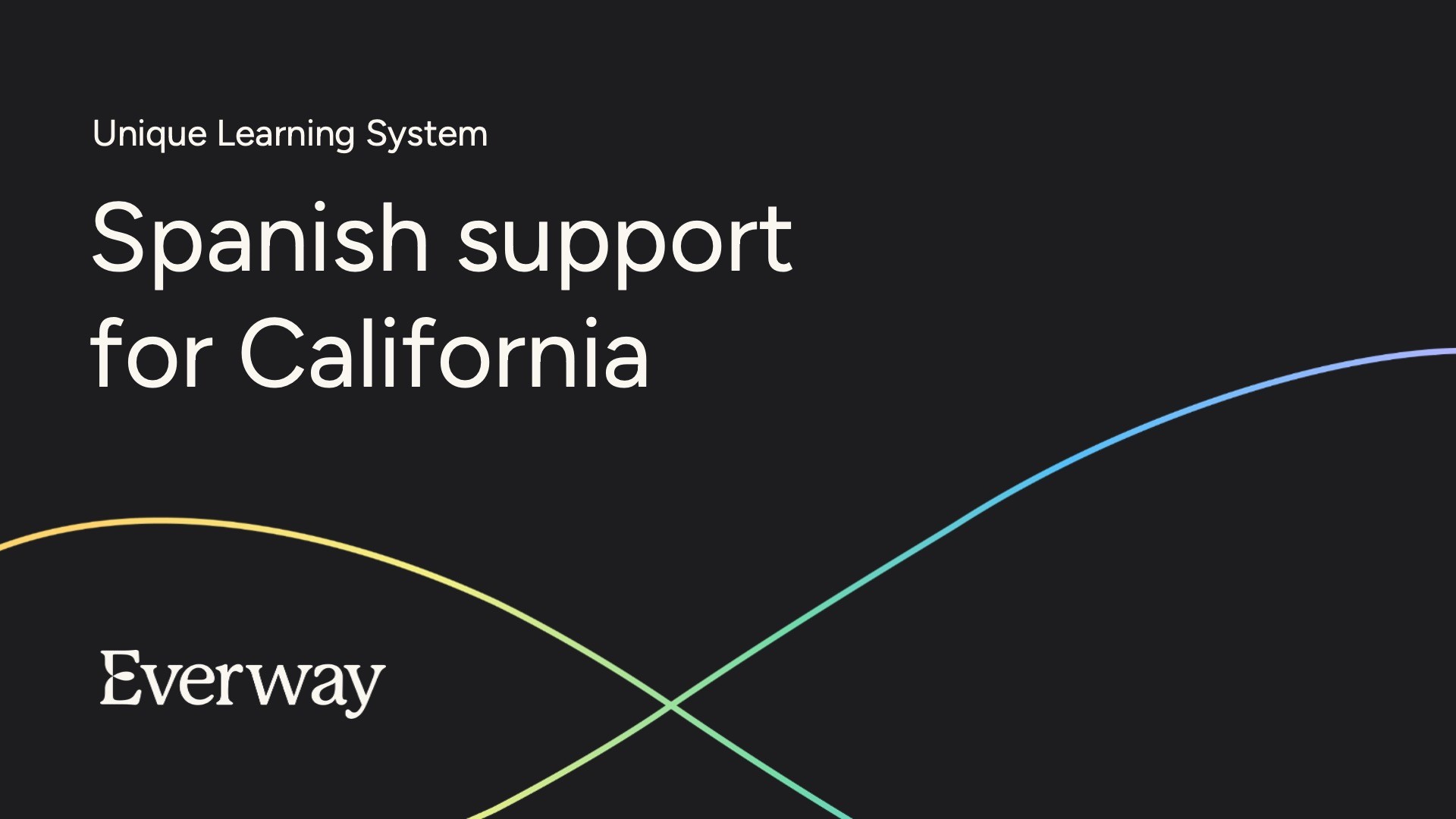Presuming competence in the absence of persuasive evidence to the contrary is considered by many to be the least dangerous assumption we can make when providing educational programming. The reasoning is that if we are wrong, the consequences are less serious than if we presume that the individual is not competent or able to learn.
An example
Consider the story of Martin, who is 29 years old and does not walk, has very little motor movement, cannot speak, and has spent the last 12 years living in an institution. Here are two scenarios to think about:
- No one presumes competence in Martin. His caregivers assume that he is content and unaware of his surroundings. They do not talk to him, but they talk about him in his presence. His entertainment is chosen for him and includes the children’s series Barney, played daily. For Martin, each day is identical to the last; he has no meaningful interaction with others. He is expected to live out his life in the institution.
- Martin receives a new caregiver who presumes competence in him. She speaks to him as an adult with the expectation that he understands what is being said to him. She persistently encourages Martin to try to communicate and watches him carefully for signs of understanding. Martin begins to respond to her using his eye gaze. Because of her observations, he is reassessed by professionals, given meaningful therapy and instruction, and is eventually able to use an SGD. He leaves the institution, marries, and works at a meaningful job.
Martin is Martin Pistorius, and both scenarios really happened. After 12 years spent in an institution where he was assumed to be unreachable, he began working with a caregiver named Virna. She saw a spark in Martin that prompted her to act, persistently, in a way that changed his life. Martin had been aware of what people said and did in his presence, but he could not communicate with anyone. He experienced the fear, isolation, and sadness that many of us would feel in the same situation.
His story illustrates the danger in making the wrong assumption. If he were truly as cognitively impaired as was believed in scenario #1, and his caregivers presumed competence, no real harm would have been done. But, if no one ever presumed competence in Martin, the results would have been tragic. You can read more about Martin’s story in his book, Ghost Boy: The Miraculous Escape of a Misdiagnosed Boy Trapped Inside His Own Body.
Special considerations for presuming competence
Establishing functional communication
Presuming competence is often the first step in improving quality of life and providing meaningful instruction for people with unique needs. It is a process that requires patience, persistence, and careful, objective observation. Subtle responses or attempts at communication can be built upon and can lead to a more efficient means of functional communication. With functional communication, many things become possible, including assessment leading to improved social, communication, and educational programming. Therefore, it is important to find the most efficient method of communication for each individual.
Addressing learned helplessness
Some individuals with unique needs have been over-prompted by well-meaning adults, to the point where they develop “learned helplessness,” which causes them to believe that they cannot succeed at a task by themselves. This results in lack of motivation to participate or perform in assessments or activities.
Finding and leveraging strengths
People who have severe deficiencies in verbal communication have strengths that might not be apparent at first glance but can be leveraged to achieve success in other areas. For example, autism is a diagnosis that encompasses a diverse group of learners, many of whom have developed an uneven set of skills. They may require years of intensive therapy to learn to use language effectively, but at the same time, they may have developed specialized, high-level skills in other areas.
Others with limitations in one sense can have unexpected strengths involving their unaffected senses, like smell, balance, or touch. It is important not to overlook those strengths and understand that they can translate to possible access points for communication, employment opportunities, and improved quality of life.
Interacting with emergent SGD users
When anyone is learning a new skill, it is natural to make mistakes. This is true for individuals learning new communication systems, particularly high-tech devices utilizing eye gaze. For many novice users, there is a steep learning curve, and it may be difficult to continue to presume competence during this time when they are likely to make mistakes. Other challenges will arise during the learning process that will affect the quality of communication. These will be different for each individual.
For example, if a learner does not have the icon they need on the device, they may choose a substitute that makes sense to them but may or may not make sense to the communication partner. Apparent mis-hits can be intentional attempts at making a joke or being silly. Or, there could be a problem with visual processing. Cortical visual impairment, which is common in individuals with complex diagnoses, can cause uneven performance when using vision.
Teachers, parents, and others need to be patient, allow wait time, collect data on mis-hits, and look for patterns. Presuming competence means honoring the intent of the learner until there is solid evidence that they are unintentional in using a new device.
What you can do to foster student development
Be a keen observer
Watch for communication through non-traditional means. Eye gaze, facial expression, and behavior are all common ways of communicating when people do not have other means. Problem behavior can be an expression of frustration, fear, sadness, or even physical pain. Do not ignore any attempt at communication, even if you are not positive it really is an attempt. Record and regularly review observational data!
Be patient and persistent
Results may not be apparent for a long time, and they may be subtle.
Teach functional communication
Research shows that when people are given a reliable means of communication, the initial assessments of their intelligence were often inaccurate.
Use age-appropriate vocabulary and teaching material
It is important to link instruction as closely as possible to academic standards, to teach about current events using adapted material and supports as needed, and to include age-appropriate recreation and leisure options. One of the things Martin Pistorius discusses in his book is how much he hated watching Barney day after day!
Have positive, clear expectations
If you set low expectations, most students will reach that goal and stop. You will never learn their true ability. When expectations are not clear, students may not realize that the assessment being given is important to their future or they may not understand what is expected of them.
Promote independence
Avoid over-prompting, which can lead to learned helplessness and inaccurate data. Provide the least amount of prompting necessary for a student to accomplish a task that they cannot quite do easily on their own.
Watch for bias, in yourself and others
It is important to consider information from others about prospective students, but it’s also important to form your own judgment, based on your experiences with them. The Pygmalion effect is a rather well-known phenomenon which proves that not only do our preconceived ideas about our children, students, and clients influence our actions towards them, but also they actually affect their performance, both positively and negatively.
Provide wait time
Visual, auditory, and language processing disorders and added steps needed to communicate using SGDs necessitate additional processing time for many students.
Capitalize on strengths
It is important to use a multisensory approach for children, especially those with complex diagnoses like deaf-blindness, cortical visual impairment, and other rare disorders.
Assess frequently using a variety of methods
Use formal and informal methods to learn what students can and cannot do. As communication improves, retesting must occur.
A word of caution
In 1984, Anne Donnelson originated the concept of the least dangerous assumption, which goes, “In the absence of conclusive data, educational decisions should be based on the assumptions which, if incorrect, will have the least dangerous effect on the student.” For the safety of individuals with disabilities and their families, it is important not to overlook the clause referring to conclusive data. Data should be obtained by trained professionals using valid assessments and reliable methods to determine the most appropriate intervention to achieve functional communication. It would be dangerous to ignore this data and provide a communication device to a student who is not capable of using it.
To avoid confusion and to acknowledge the importance of these key components in assessment and intervention, some professionals advocate using the term presume potential instead of presume competence. Regardless of the label we put on the practice, it is vital that teachers make the least dangerous assumption when working with all students, and especially those with unique needs.



